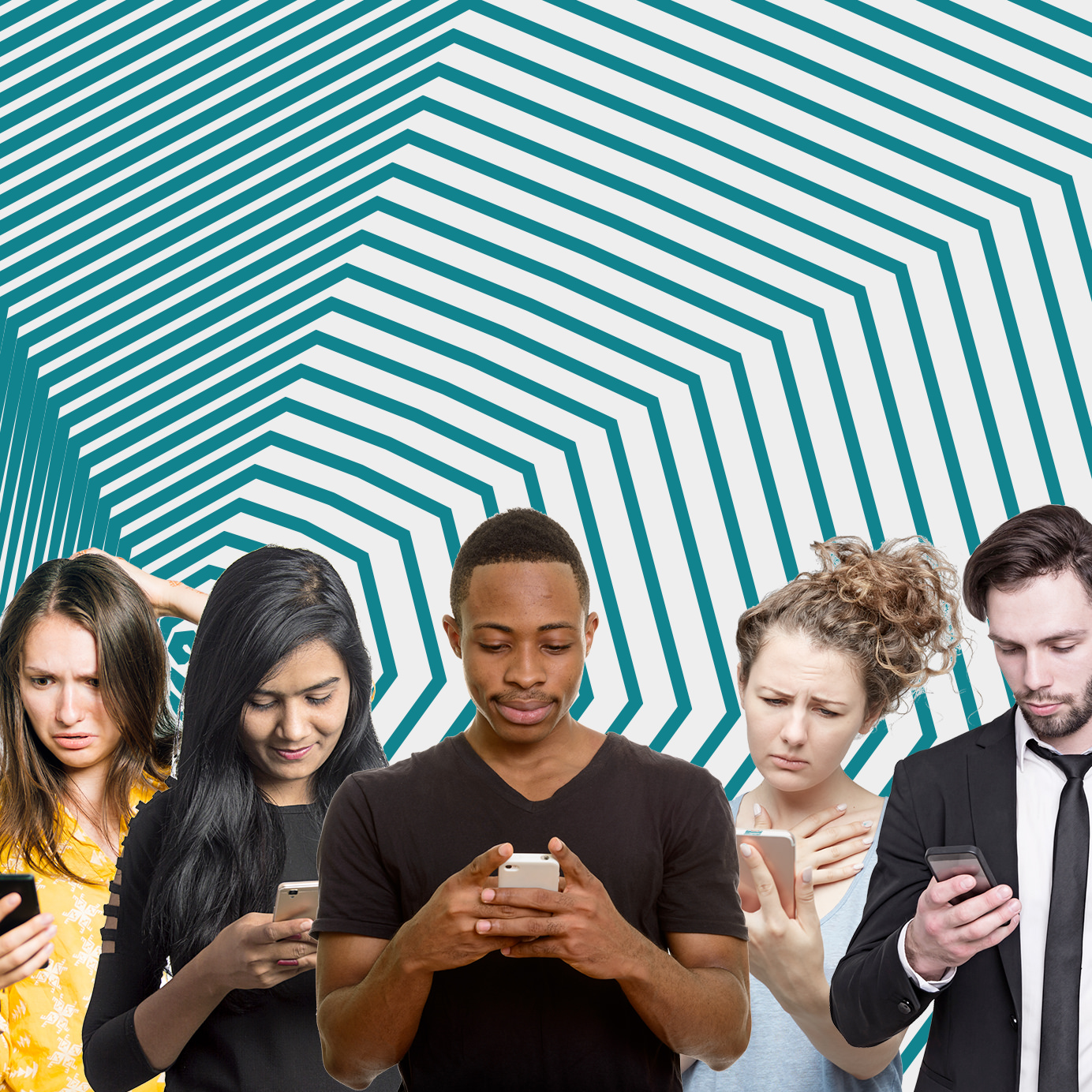Once upon a time, you used to meet people in bars. Some were cool, some weird, and one or two might become dear friends — or, in an ideal world, the love of your life.
In this bygone era, people gathered at bars to socialize, blow off steam, and share news of the day. They didn’t drink silently while staring at the same CNN Breaking News updates on their phones.
Back then, bars were cultivators of romance. They purveyed liquid courage for those with love in their hearts and appealing strangers in their sight lines. If the cards were in your favor, and romance was in the air, magic might strike as your eyes met another’s across a crowded room. That room was a bar.
That’s all gone now.
Bars still exist, of course, but the rise of dating apps has transformed nightlife almost as much as it’s altered courtship. From creating Instagram-worthy design, to shifting weeknight business models, to changing bartenders’ roles, dating apps have radically reshaped the bar experience.
It didn’t happen overnight. In 2011 the category leader, Match.com, had 1.78 million paying subscribers. Today, some 40 percent of Americans are using dating apps. According to the Pew Research Center, as of 2015, nearly 60 percent of Americans believed that online dating was a good way to meet people, up from 44 percent in 2005. This sort of ideological sea change, coupled with rapidly rising membership numbers, has altered the ways people view bars and dating.
Gone are the days when you might have something in common with someone you meet at a bar because he or she shares your taste in watering holes. Now they just share your taste in apps, and agree to meet at a place one party chooses. If tomorrow, Tinder and Bumble and all their peers created a partnership with Denny’s, and Denny’s were the only place users could meet one another, well, you had better develop a taste for burnt coffee, because your bar-going days would be over.
“I heard a comedian once say that it’s like we’re basically sitting here with a bar in our pocket — we’re sitting in a bar full of single people, looking on our phones for other single people that aren’t there with us,” Pete Vasconcellos, bar director at New York’s The Penrose, says. “It’s really weird and backwards, but that’s the new normal.”
There are financial gains to be had for those running first-date-friendly bars. The industry has been injected with added business throughout the week from the dating app scene.
“We have our joke that Tuesdays are ‘Tinder Tuesdays’ — the bar is lined with Tinder dates,” Vasconcellos says. “You have to go to work the next day, so you have an easy out if you are meeting someone for the first time and you don’t like them.
“It’s a day that you know you can get a seat at the bar because it’s not going to be that crowded, but our bar is literally 100 percent Tinder dates on Tuesday,” Vasconcellos says. “They all show up at 9 o’clock and they all have one drink and sit there and nurse it all evening… Those early nights of the week are very Tinder-heavy.”
From a strategy standpoint, bars may also feel the need to create a visually engaging front of house. Many digitally arranged first dates are casual enough that a prospective dater might arrive at a bar, decide they don’t like the looks of the scene (let alone the person they’re meeting), and make a split-second decision to leave.
Sound bleak? So do some devastatingly successful digital dating profiles.
The role of the bartender has also shifted. In the past, bartenders were MCs, mayors of the party environment.
“I remember from my bartending days, before dating apps were so prevalent, people would use you to send drinks to other people, or they would ask you about someone sitting across the bar and you would be the liaison between them,” Vasconcellos says.
These days, however, “people are just so engrossed in their phones that they’re not engaging with the people around them,” he says.
At Sassafras, an L.A. bar-scene staple popular with Tinder users, bar manager BC Hoffman can spot first-time meetings a mile away. After being in the bar and restaurant business for several years, he says his role has shifted from encouraging conversations to serving as more of a moderator.
“There was a point in time where bartenders were matchmakers,” Hoffman says. “You could get into one conversation and find out things about different people and connect them together. With the dating apps now, you do have to take a step back and let things happen without being the one who initiates them.”
The new state of dating is such that bar patrons might miss their perfect match sitting next to them, because they’re engrossed in their phones trying to swipe through Hinge or Bumble.
With all these changes comes one new upside for opportunistic bartenders, though. The impermanence of the digital dating scene can prove remarkably useful “for bartenders who are single and can be the Prince or Princess Charming for these Tinder dates gone awry,” Hoffman says.
